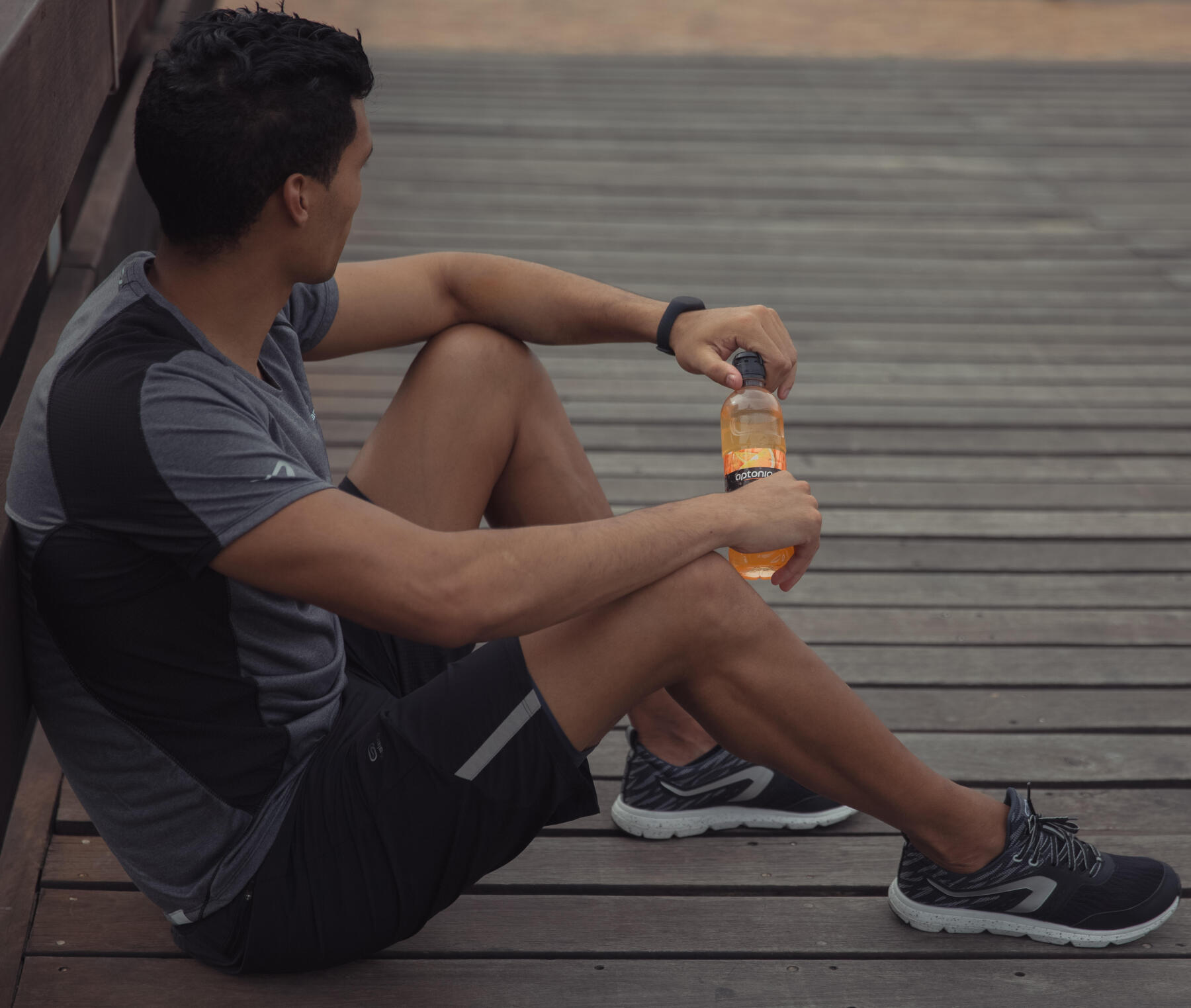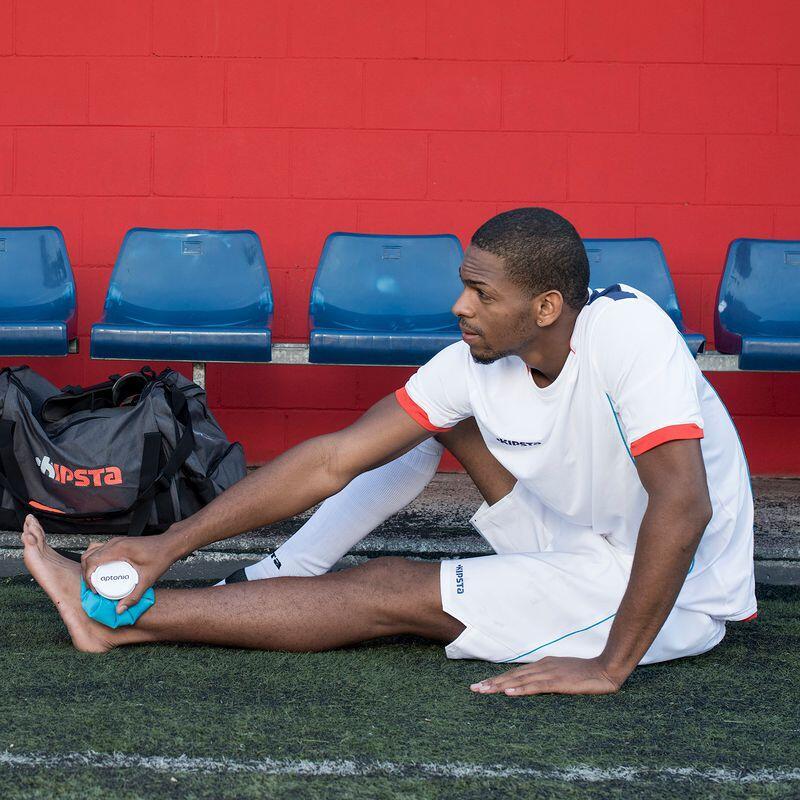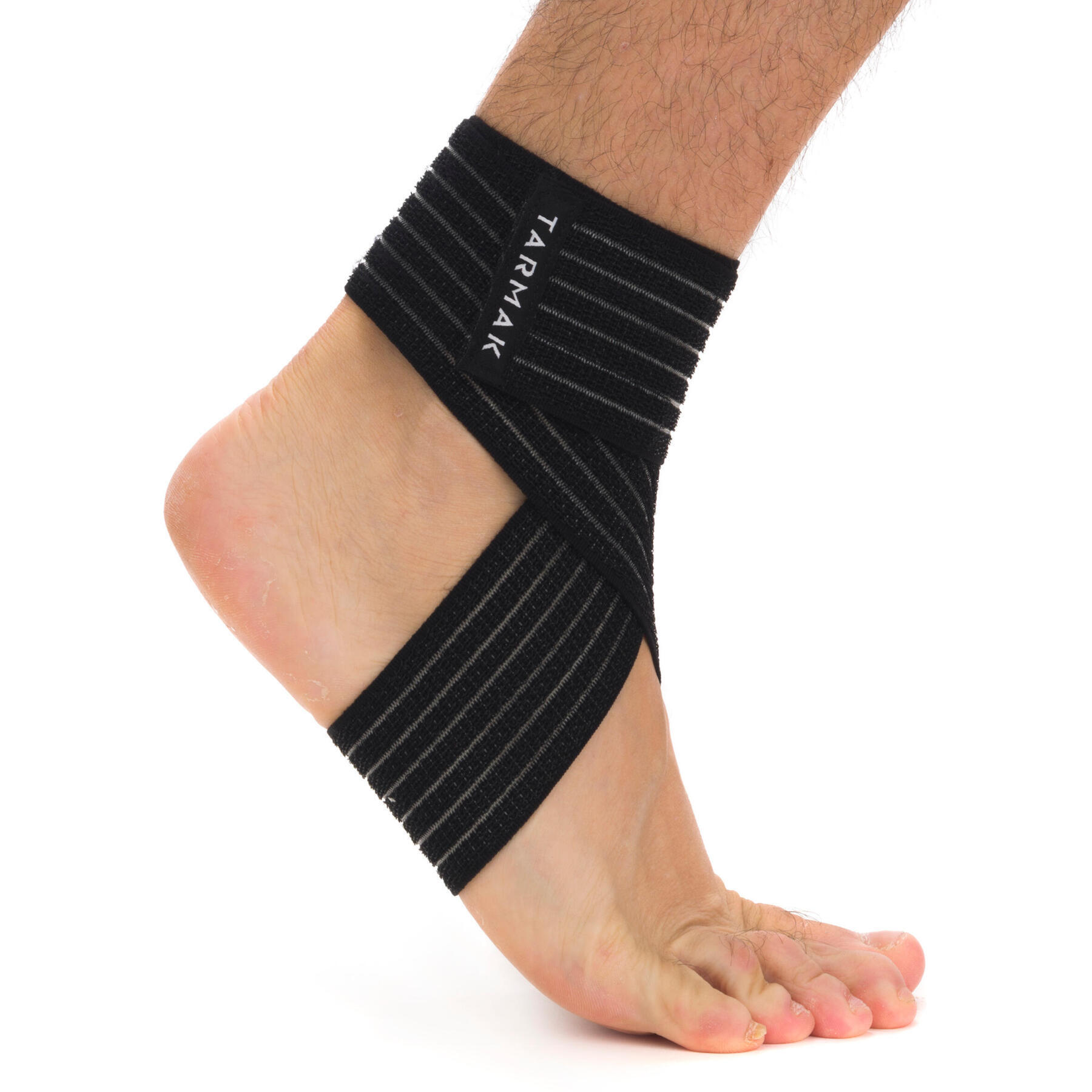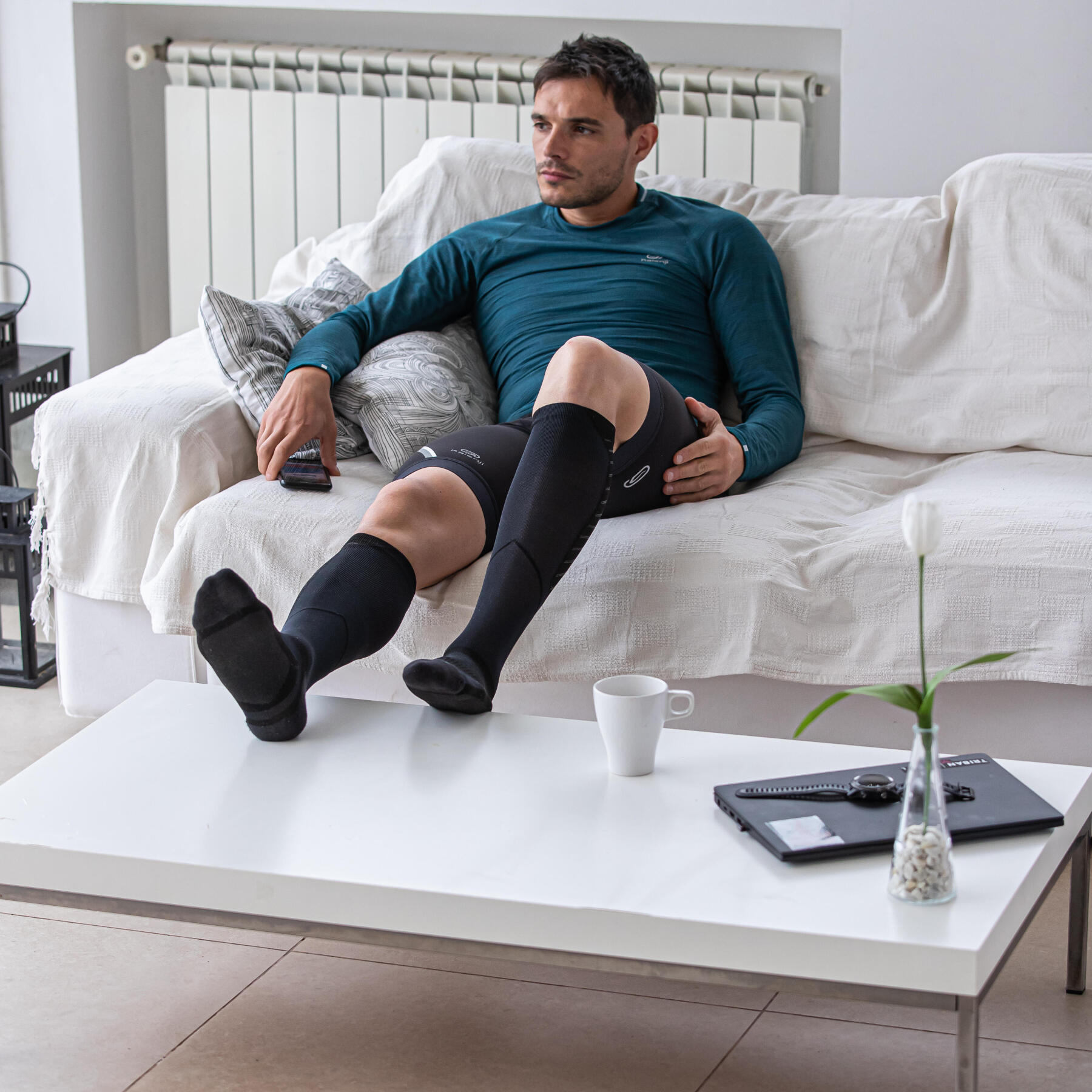R. rest
As we all know, rest is very important once an injury has happened. This means that you will need to offload the injured ankle as much as possible. This may require the assistance of a splint or crutches to aid your movement. However, if you can bear weight on the injured ankle, make sure to only make minimal movements that will not further inflict pain or strain the injury.





